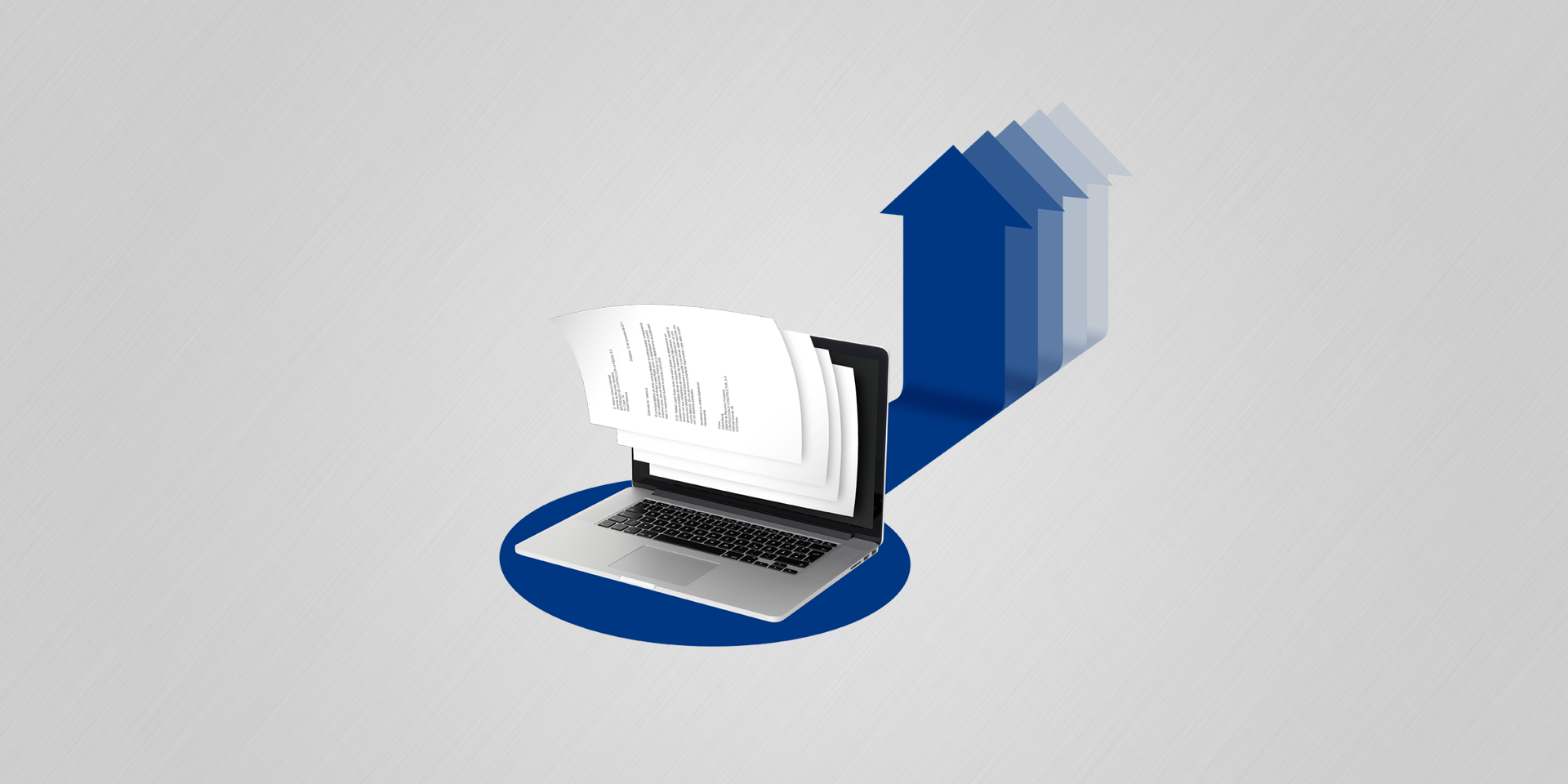
We have started 2017 armed with many good intentions. One of our main goals for this year is to shift our focus from the area of “document management” to the field of (Document) Output Management without ignoring other important functionalities, such as organized storage and direct retrieval of documents. We will aim our efforts towards covering all document generation processes, as well as to the different aspects that determine those processes: distribution across different channels, presentation in different formats, seamless integration with other applications and key post processes, such as sorting by weight or postal code, merging and dividing documents, etc. That is what Output Management is all about. That is the future of document software.
In fact, it are precisely future needs that must be considered when selecting an Output Management solution that best meets the needs of a company. Unfortunately, it is not easy to get it right each time, as only the best visionaries know which features will be vital to their business in the future. Moreover, businesses evolve, especially in the fast-changing market of document software. Therefore, it is fundamental to choose a solution that evolves in line with those changes, meets the specific demands of each business and accommodates the technologies to come.
But there is no reason to panic. Here are five key innovations that every (Document) Output Management solution should cover.
- A Web user interface: Implementing a document solution used to require complex software installations at each of the company´s workstations. Now, on the other hand, it is necessary to look for a system that provides all functionalities from a centralized Web application to which all users can access, in order to ensure maximum usability.The main advantage of the Web´s HTML format is that it runs on all platforms. Likewise, for users, it is easier to adopt a solution when the interface is simple, intuitive and resembles other, widely used Web applications.
- A cheaper infrastructure in the Cloud: Some years ago, all document solutions were installed on the servers and PCs of a client. However, many organizations have realized the numerous advantages of the Cloud, opting for a SaaS system. The combination of Cloud functionalities with Web interfaces allows for multi-user, service-oriented and scalable software, which substantially reduces costs. Even so, some providers offer combinations of on-premise and Cloud solutions that best fit the needs of those companies that require hybrid solutions, mainly because of their privacy policies.
- Mobile applications: To maximize productivity, users must be able to access their documents and perform a wide range of document tasks from their mobile devices. Employees spending eight hours at the office in front of their computers should soon be something of the past. Now employees must have the option of working on-the-go: while traveling, from home, etc. That is why it is so important to choose an Output Management system that allows mobile access to the most important features and is compatible with the most widespread platforms (Android, iOS, Windows Phone).For example, some providers offer free mobile apps that allow users to scan documents with the phone camera. The latest smartphone cameras have improved greatly, now measuring up in performance to many standard cameras, so quality is guaranteed. Then, once the images are captured, the image files can be easily uploaded and managed with the corresponding Output Management solution.
- Automatic indexing: When we capture documents and enter them into the document solution, we are accumulating numerous contents in a single repository (e.g. scanned paper documents, emails, electronic files, etc.). Therefore, to ensure easy document access and retrieval, stored file content must be indexed.When documents are indexed manually, users must enter data in different fields – a tiresome task that takes up a long time and usually results in errors. Instead, automatic indexing allows users to store and archive documents as they are captured. Moreover, document software experts have given a further twist to this technology with intelligent indexing techniques that apply automatic learning processes to identify the most significant index entries based on previous user actions.
- Scalable architecture: For many companies, the most logical step is to start with small-scale Output Management solutions, that is, solutions geared towards a specific department or process. However, if it were decided in the future to extend the scope of that document solution, it would make no sense to implement a new one, make further investments and re-train users.Therefore it is of great importance to opt for (Document) Output Management software that is truly scalable and displays good performance levels, regardless of whether a company chooses to start out with just a few users in a single department or prefers to cover all departments with a single, comprehensive solution. “Scalable” means just that: being able to “grow” with the needs of the company, regardless of the number of users or documents filed.
All things considered, each business will have different needs. But if the Output Management solution of choice includes the above-mentioned technological innovations, then it can be developed in line with the company´s requirements and growth path and push business towards the future.
Source:
André Klein
Freelance Consultant for DocPath
